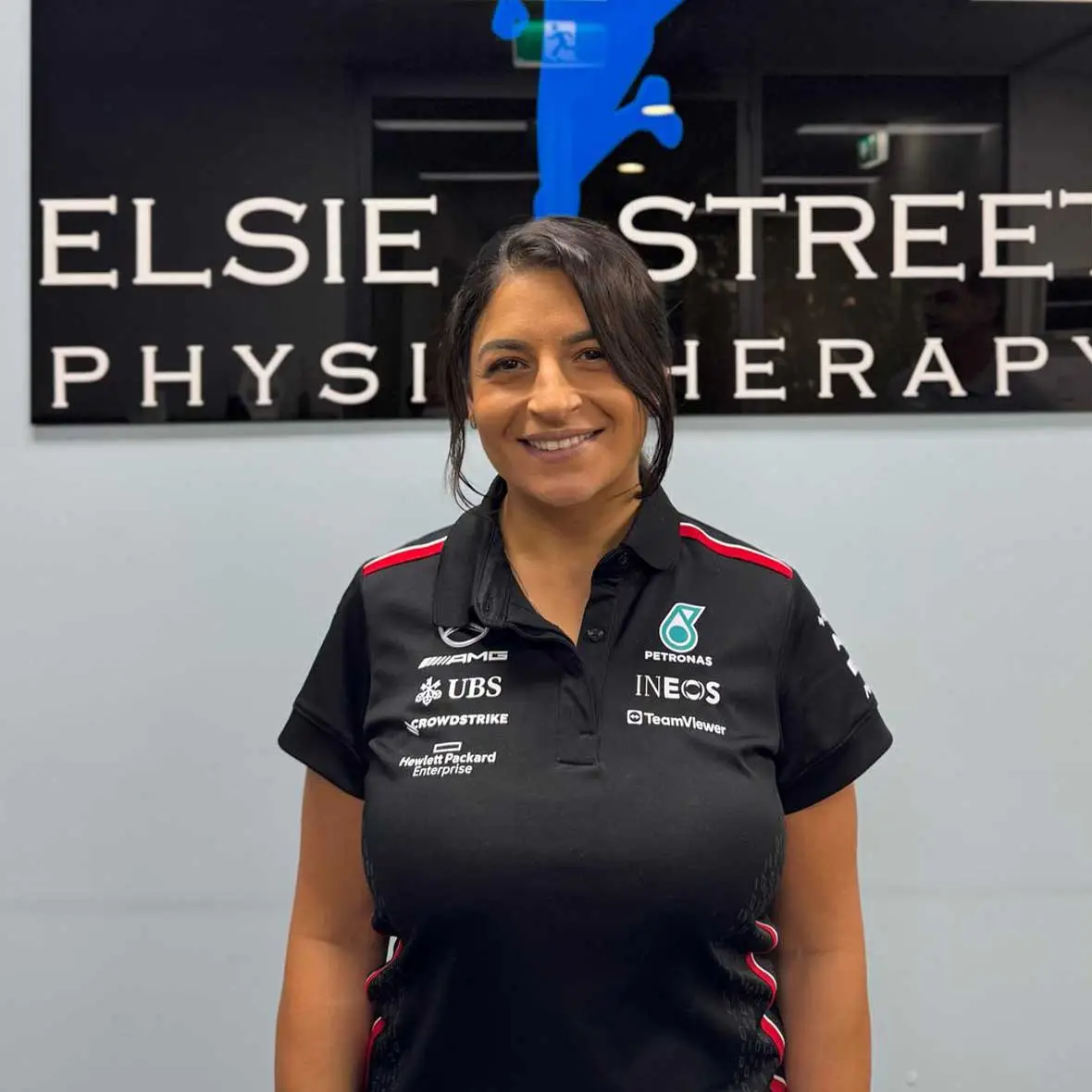About Casting & Splinting
Casting and splinting are both methods used by physiotherapists and other healthcare professionals to immobilise a body part, usually to promote healing after an injury or surgery. Both methods are used to protect, support, and stabilise fractures, sprains, or other musculoskeletal injuries.
Frequently Asked Questions
When is casting used?
Fractures: When a bone is broken, a cast helps hold it in the correct position for healing.
Severe sprains or strains: In some cases, a cast may be used to support the injured ligaments or tendons.
Post-surgical immobilization: After certain surgeries, a cast can help keep the affected body part stable during recovery.
What are the materials used in casting?
Plaster: Traditional and heavier, but it sets quickly and can be molded to fit the area.
Fiberglass: Lighter and more durable, often used in modern casting. It is waterproof and breathable, which makes it more comfortable in some cases.
What are the benefits of casting?
Provides a stable and rigid support for healing fractures and severe sprains.
Prevents unnecessary movement of the injured area, allowing it to heal properly.
When is splinting used?
Fractures: For fractures that may not require a full cast or for those where swelling is still an issue.
Soft tissue injuries: Like sprains or strains where the joints or tendons need stabilisation but not full immobilisation.
Temporary immobilisation: Splints are often used in the early stages of treatment or while waiting for a cast to be applied.
What are the benefits of splinting?
More adjustable: Since splints are often removable, they can be adjusted to accommodate swelling or changes in the injury.
Comfort: They can be more comfortable than casts because they don’t cover as much of the skin and can be removed for hygiene or other reasons.
Short-term use: Splints are often used in the initial stages of healing or after surgery before a more permanent solution like a cast is applied.






